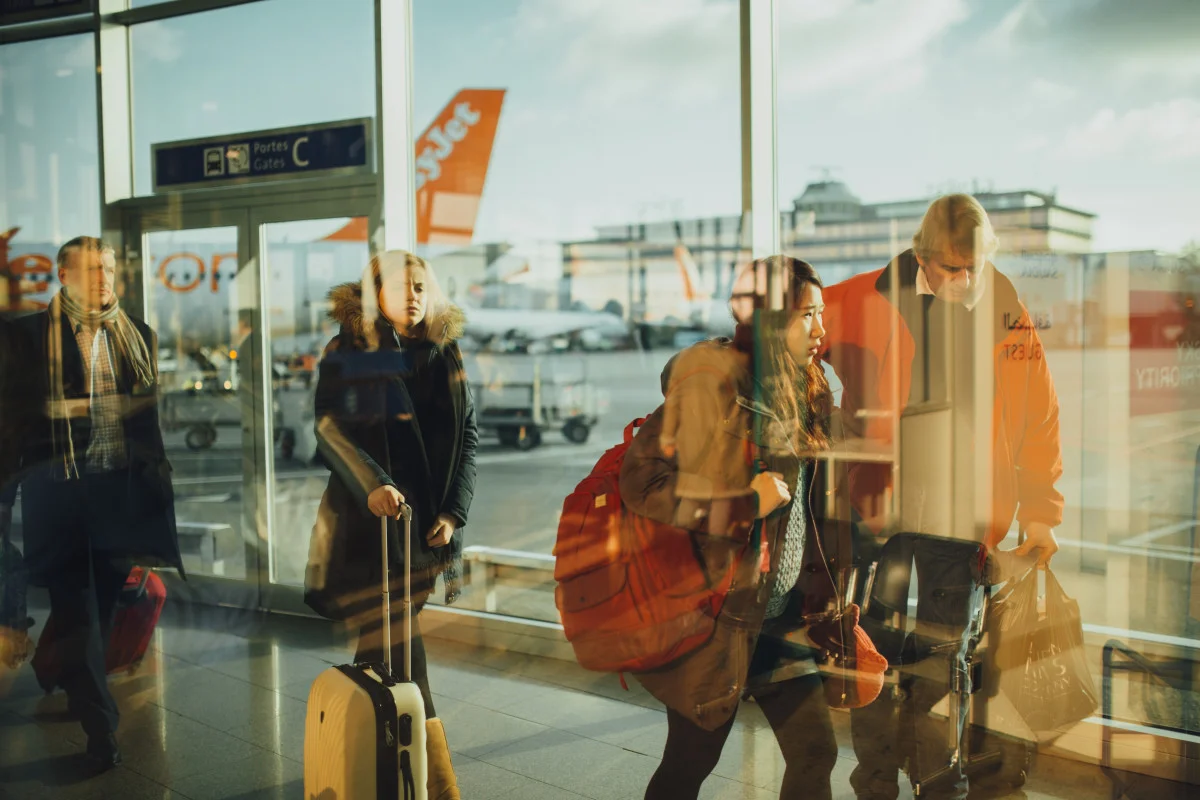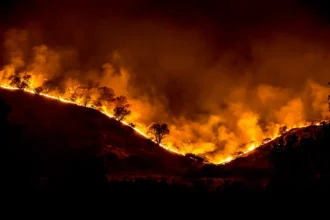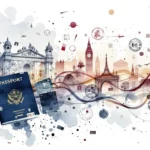The U.S. State Department has issued four “Level 4: Do Not Travel” travel advisories, its most severe classification, to four countries this July. Haiti, Libya, Iraq, and Syria now stand among the world’s most dangerous places for U.S. citizens to visit.
The warnings reflect escalating threats including violent crime, terrorism, kidnapping, civil unrest, and the U.S. government’s inability to provide assistance in emergencies.
Here is why these countries landed on the Level 4 advisory list and what it means for travelers.

What Is a Level 4 Travel Advisory?
The U.S. issues travel advisories in four tiers. Level 1 means exercise normal precautions. Level 2 means increased caution. 3rd level advises reconsidering travel. Level 4 is the highest warning and urges Americans not to travel at all.
It is reserved for countries where the risks are life‑threatening, and U.S. consular support is extremely limited. Updates to Level 4 designations happen at least every six months or immediately, if conditions change drastically.
Haiti: Headlines in the Caribbean
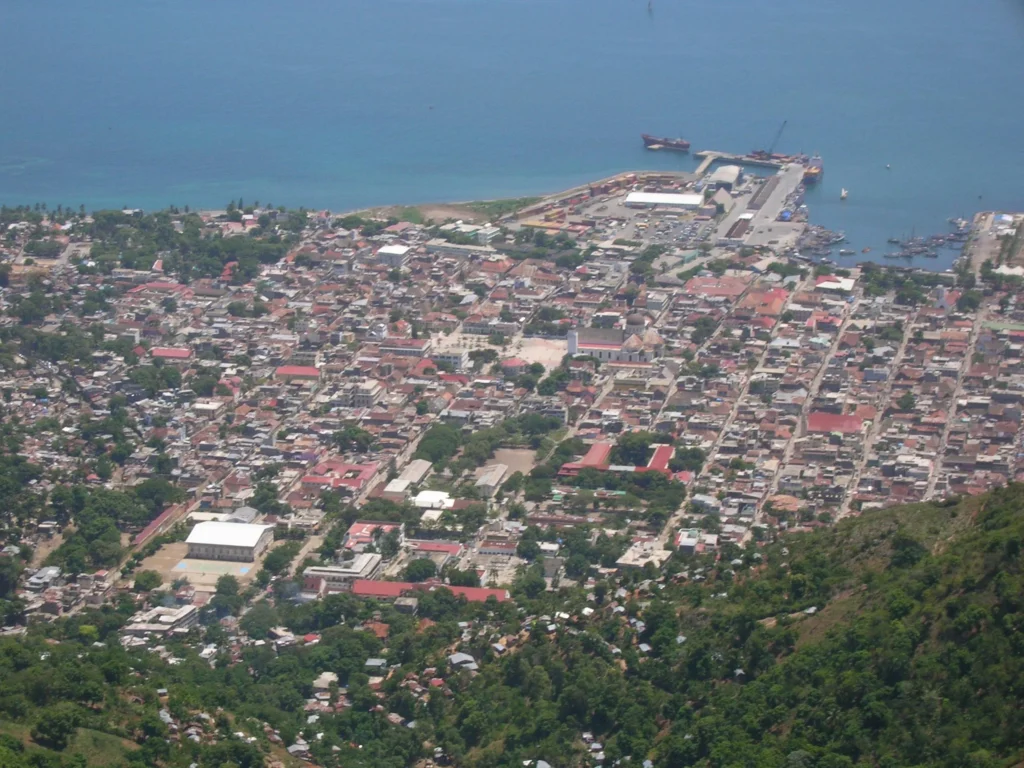
On July 15, Haiti became the first country in the Caribbean to receive a Level 4 travel advisory. The country has been under a state of emergency since March 2024. Armed gangs dominate many neighborhoods in Port‑au‑Prince and beyond.
Gun violence, kidnapping for ransom, carjackings, and sexual assault have surged. The State Department warns that travelers might be followed and attacked near airports or hotels. U.S. citizens have no access to reliable law enforcement or emergency care.
Civil unrest and protests frequently block roads. The FAA is currently prohibiting U.S. flights to Port‑au‑Prince Airport. Royal Caribbean has moved to avoid docking at its resort port in Labadee.
Libya: Conflict and Unexploded Mines
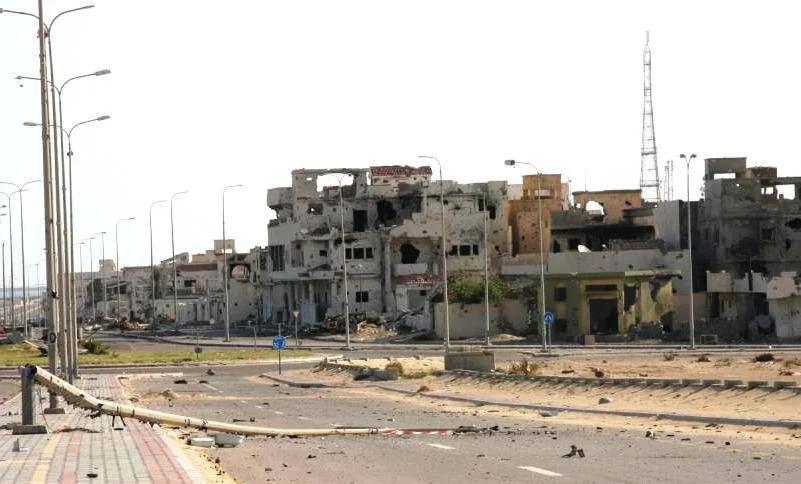
One day after Haiti’s advisory, Libya was upgraded to Level 4 on July 16. The country has been mired in civil conflict for over a decade.
Multiple armed groups control parts of the country, law enforcement is inconsistent, and unexploded landmines remain widespread.
The advisory specifically cites kidnapping, terrorism, civil unrest, and violent crime. Infrastructure remains fragile, and U.S. officials warn they may not be able to provide assistance to citizens in distress.
Iraq: U.S. Government Assistance Severely Limited
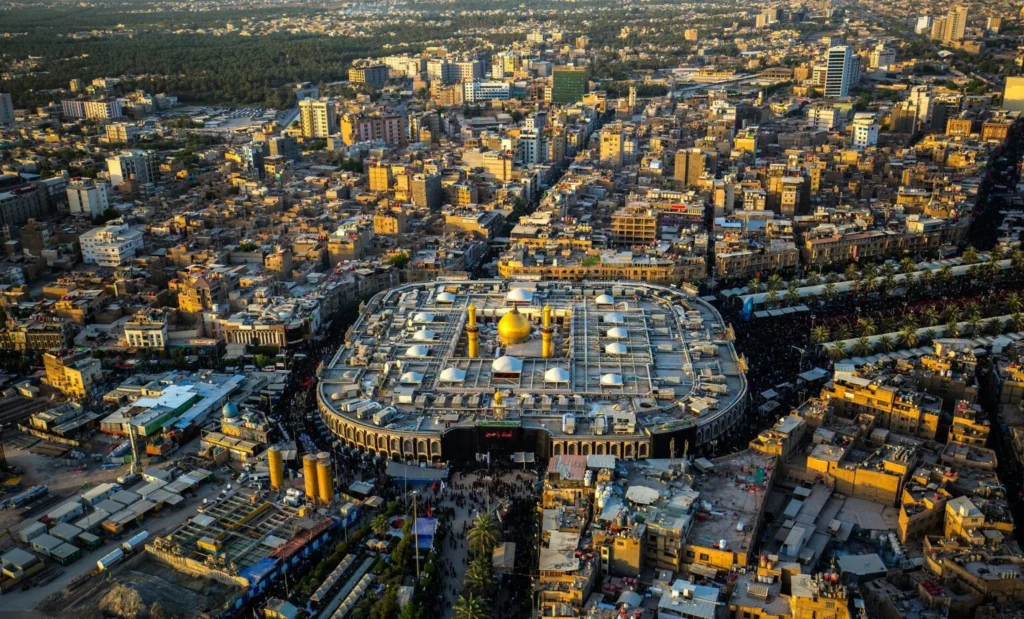
On July 17, Iraq received its Level 4 advisory. Authorities cited the U.S. government’s limited capacity to assist citizens due to embassies operating at reduced staff or closed.
The presence of armed militias, ongoing anti‑U.S. sentiment, and repeated clashes have created a volatile security environment.
Travelers risk encountering terrorist attacks, kidnappings, and civil unrest. U.S. consular response services are constrained, increasing the danger.
Syria: No Consular Ability Since 2012
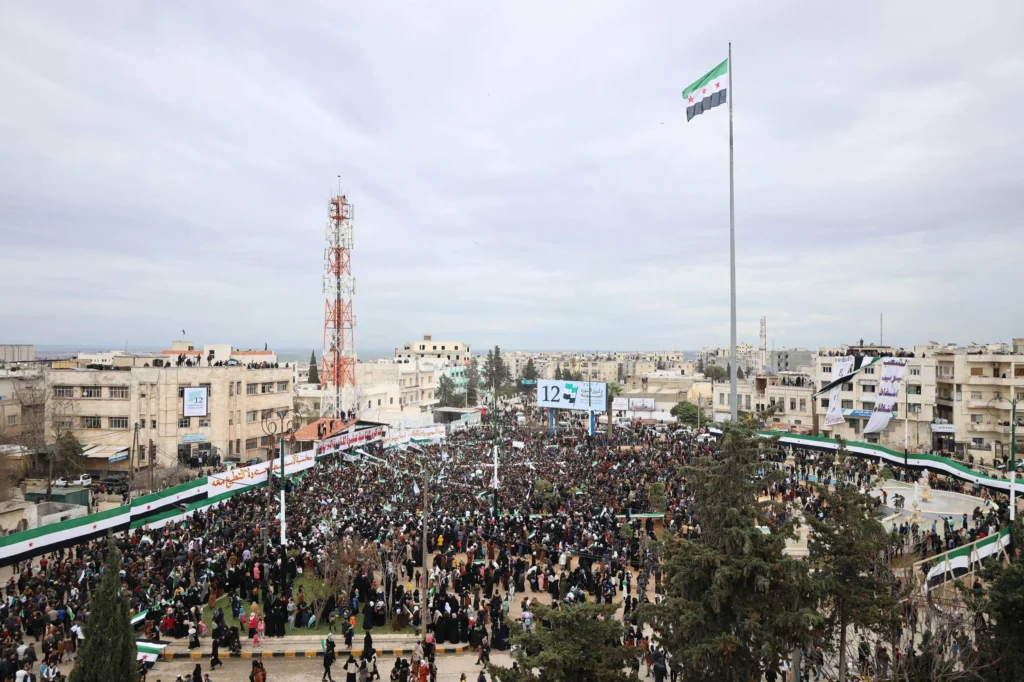
Syria was the most recent addition, on July 23. Since the U.S. embassy closure in Damascus in 2012, Americans no longer have access to regular or emergency consular support in Syria.
The country remains under conflict, controlled in parts by extremist groups, and presents persistent risks of terrorism, kidnapping for ransom, armed conflict, and unjust detention. Officials caution that no area of Syria is safe.
Patterns and Broader Implications
All four countries now under Level 4 advisories share common threats. Civil unrest, terror groups, criminal militias, and breakdowns in law enforcement and infrastructure create a risk environment the U.S. government cannot guarantee help in.
This month’s additions bring to five the number of Level 4 advisories issued in July. Lebanon was added on July 3, also due to terrorism, kidnappings, armed conflict, and landmine risks.
As of mid-July, the U.S. had issued Level 4 warnings for 21 countries, including North Korea, Yemen, Iran, Ukraine, Venezuela, Somalia, Afghanistan, and parts of Africa like the Central African Republic and Democratic Republic of Congo.
These designations reflect ongoing risks from terrorism, human rights concerns, civil conflict, and unstable governance.
Traveler Impact: What You Need to Know
For U.S. citizens, these Level 4 advisories carry strong implications:
- The U.S. advises not to travel for any reason to these countries.
- Commercial travel options are often suspended, FAA bans flights to Port‑au‑Prince, for example.
- Routine or emergency consular use is severely limited or unavailable.
- Visitors face heightened risk from crime, kidnapping, and violent conflict.
- Insurance policies may not cover medical or evacuation services in warned countries.
In some cases, foreign nationals should reconsider travel as well. Caution applies especially for relief workers, journalists, and NGO staff.
What Is Behind Each Warning?
Haiti
Crime surged after political instability and economic collapse. Port‑au‑Prince has seen daily armed robberies and kidnappings. Gang violence surrounds key urban areas and roads. Health care services are lacking, public officials warn.
Libya
Although oil-rich, Libya remains divided. Militias fight for territory. Unexploded ordinance and kidnappings are a constant threat. Civil infrastructure is fragmented. Travel to remote areas puts foreigners at extreme risk.
Iraq
Tensions with militias and regional conflicts heighten risk. Anti-U.S. violence is common. Embassy staffing remains low. Terror attacks and unrest surround major cities including Baghdad and Mosul. The warning highlights the limited ability of the U.S. to provide aid.
Syria
Years of conflict have fractured basic governance. Extremist groups still operate. Kidnapping and arbitrary detention occur including of foreign nationals. No U.S. presence remains inside the country to help travelers in need.
How Advisories Are Decided
Travel advisory levels are based on a combination of risk indicators, crime, terrorism, civil unrest, health risks, natural disasters, kidnapping, and more.
The State Department compiles data from global intelligence, diplomatic channels, health agencies, and local reporting. Level 4 is issued only when conditions reach the highest threshold of danger.
Tips for Travelers
If you are a U.S. citizen or legal resident:
- Avoid travel to Level 4 countries.
- If already in one, depart as soon as it is safe.
- Enroll in STEP, the Smart Traveler Enrollment Program, to receive updates.
- Have emergency protocols in place: inform family of your plans, register your presence with embassy services, and ensure access to local contacts.
- Travel insurance may not cover evacuation or medical costs in these zones.
- Americans visiting other travelers or NGOs should reconsider and verify real-time security updates.
Understand that these warnings are based on the department’s ability to assist citizens, not just conditions on the ground.
In places like Syria and Iraq, a U.S. passport offers little protection if danger unfolds.
What Comes Next?
The State Department updates advisory levels at least every six months or whenever a situation changes significantly.
These Level 4 warnings might be lifted if conditions improve, but that would require major reforms, improved security, and reliable infrastructure. Until then, the risk is clear.
As situations evolve, more countries may be added or downgraded. U.S. travelers must stay informed and prioritize their safety over travel plans.
Final Take
This July, the U.S. government made a stark statement through its travel advisory system. It placed four troubled nations at the very top of its danger list. Haiti, Libya, Iraq, and Syria now rank among the riskiest places in the world for American citizens.
The reasons are common but urgent: violence, kidnapping, political collapse, terrorism, and very limited consular support remain widespread.
When traveling abroad in 2025 and beyond, do not overlook travel strength indicators. Always check the current advisory level before planning or continuing a trip.
The difference between a safe journey and a dangerous one could be just one advisory system update.

